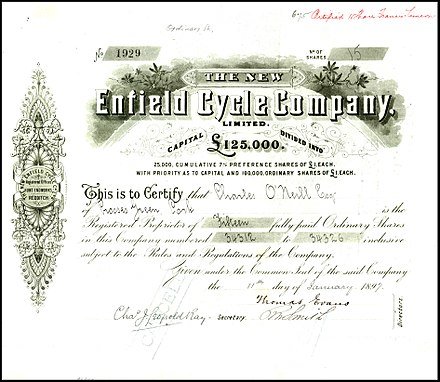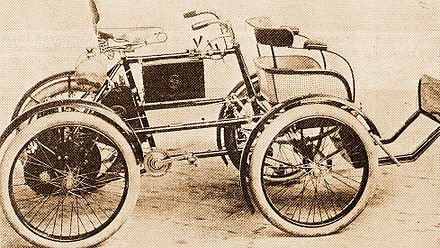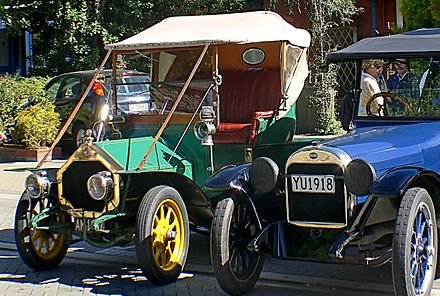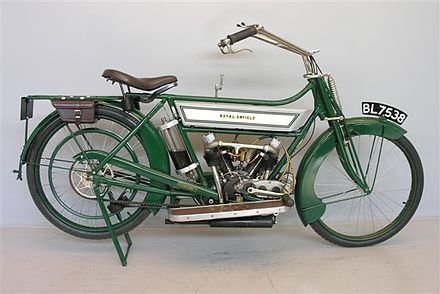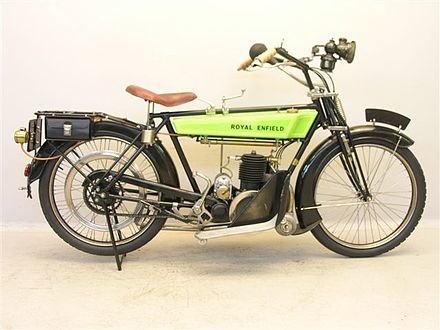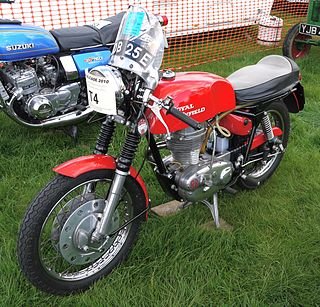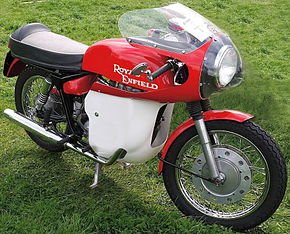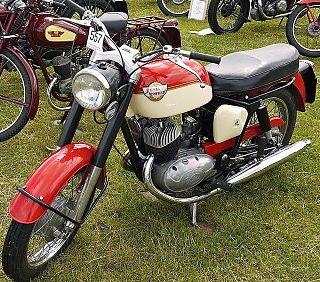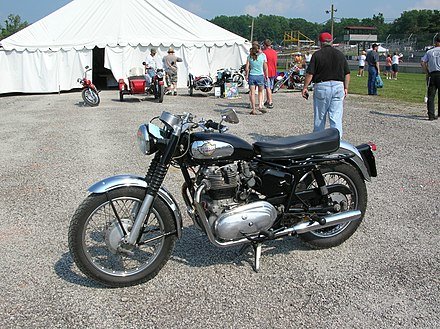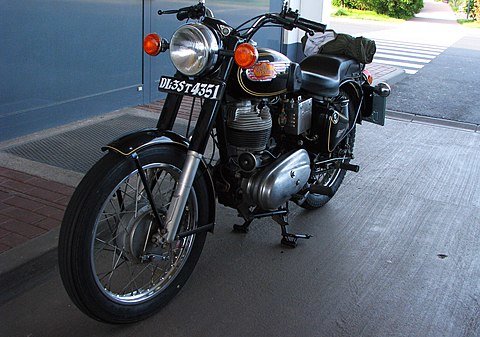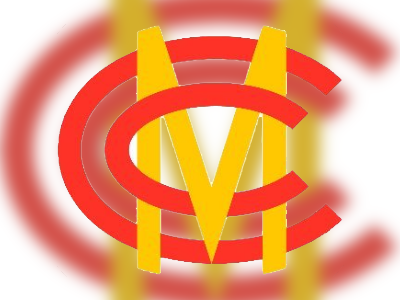British Heritage
Remember, Cherish, Learn.
beta
Royal Enfield - Historic Motorcycle
A Century-Long Contribution to British Heritage.
From its inception in 1901, Royal Enfield has played a significant role in shaping Britain's motoring history. Its contribution to British heritage has been marked by enduring mechanical innovations, economic resilience, and an international reach that has fostered a uniquely British brand on a global scale.
The Royal Enfield story began in 1851 with George Townsend, who started a business manufacturing sewing needles in Redditch, near Birmingham. His company eventually diversified into making components for bicycles, and by 1886, Townsend and his son were selling complete bicycles under their own brand names.
The company went through financial hardship, and in 1892, it was taken over by Albert Eadie and Robert Walker Smith. These new owners rebranded the firm as the Eadie Manufacturing Company Limited, based in Snow Hill, Birmingham, where they continued to manufacture bicycles and bicycle components.
Eadie and Smith saw an opportunity in the nascent motor industry and diversified into motorcycle production in 1901. By 1902, they had ventured into the production of motor cars, and later spun off the motor department into a separate subsidiary, the Enfield Autocar Company Limited.
The crown jewel of Royal Enfield's contribution to the motor industry is undoubtedly the Royal Enfield Bullet. First produced in the early 1930s, the Bullet is the longest-lived motorcycle design in history. The Bullet and its variations embody the timeless appeal of the classic British single-cylinder motorcycle, combining reliability, simplicity, and a unique riding experience that has enthralled generations of motorcyclists.
In 1955, Royal Enfield formed a partnership with Madras Motors in India, setting up Enfield of India in Chennai. Here, the iconic 350cc Royal Enfield Bullet was assembled using components imported from England. However, by 1962, all components were manufactured in India, marking the beginning of a new era for the Royal Enfield brand.
Even after the closure of the original Royal Enfield company in England, Enfield of India continued to manufacture the 'Bullet', and in 1999, started branding its motorcycles 'Royal Enfield'. The Indian operation upheld the legacy of the brand, producing motorcycles that were loved for their blend of classic design and robust engineering. Today, Royal Enfield motorcycles are a common sight on Indian roads, testifying to the brand's enduring appeal.
Royal Enfield's contribution extends beyond civilian transportation. During both World Wars, the company provided substantial numbers of motorcycles to the British War Department. The Royal Enfield Model 180 sidecar combination was introduced with a 770 cc V-twin JAP engine, which proved to be a formidable racing machine in the Isle of Man TT and Brooklands. During World War II, the company developed and manufactured military motorcycles that were even designed to be dropped by parachute with airborne troops.
Despite the economic depressions of the 1930s and the company's dissolution in 1971, Royal Enfield displayed remarkable resilience. The company continued its operations by selling the spare parts division to Velocette in 1967, which significantly extended Velocette's life span.
Although the original Royal Enfield company ceased to exist in 1978, its name lived on through Enfield of India. Despite initial legal challenges over the use of the 'Royal' name, the company prevailed and continues to manufacture motorcycles under the Royal Enfield brand.
Royal Enfield's legacy is not merely confined to the creation of the longest-lived motorcycle design in history or the brand's survival through the ups and downs of economic cycles. Its true legacy lies in the enduring appeal of its machines, the joy they have brought to generations of riders, and the indelible mark they have made on Britain's industrial heritage. Through its motorcycles, Royal Enfield has truly carved out a century-long contribution to British heritage that continues to resonate today and will undoubtedly continue to do so in the future.
The Birth of a Legacy
The Royal Enfield story began in 1851 with George Townsend, who started a business manufacturing sewing needles in Redditch, near Birmingham. His company eventually diversified into making components for bicycles, and by 1886, Townsend and his son were selling complete bicycles under their own brand names.
The company went through financial hardship, and in 1892, it was taken over by Albert Eadie and Robert Walker Smith. These new owners rebranded the firm as the Eadie Manufacturing Company Limited, based in Snow Hill, Birmingham, where they continued to manufacture bicycles and bicycle components.
Eadie and Smith saw an opportunity in the nascent motor industry and diversified into motorcycle production in 1901. By 1902, they had ventured into the production of motor cars, and later spun off the motor department into a separate subsidiary, the Enfield Autocar Company Limited.
Defining Innovation: The Royal Enfield Bullet
The crown jewel of Royal Enfield's contribution to the motor industry is undoubtedly the Royal Enfield Bullet. First produced in the early 1930s, the Bullet is the longest-lived motorcycle design in history. The Bullet and its variations embody the timeless appeal of the classic British single-cylinder motorcycle, combining reliability, simplicity, and a unique riding experience that has enthralled generations of motorcyclists.
A Global Brand: The Indian Connection
In 1955, Royal Enfield formed a partnership with Madras Motors in India, setting up Enfield of India in Chennai. Here, the iconic 350cc Royal Enfield Bullet was assembled using components imported from England. However, by 1962, all components were manufactured in India, marking the beginning of a new era for the Royal Enfield brand.
Even after the closure of the original Royal Enfield company in England, Enfield of India continued to manufacture the 'Bullet', and in 1999, started branding its motorcycles 'Royal Enfield'. The Indian operation upheld the legacy of the brand, producing motorcycles that were loved for their blend of classic design and robust engineering. Today, Royal Enfield motorcycles are a common sight on Indian roads, testifying to the brand's enduring appeal.
Impact on British Military
Royal Enfield's contribution extends beyond civilian transportation. During both World Wars, the company provided substantial numbers of motorcycles to the British War Department. The Royal Enfield Model 180 sidecar combination was introduced with a 770 cc V-twin JAP engine, which proved to be a formidable racing machine in the Isle of Man TT and Brooklands. During World War II, the company developed and manufactured military motorcycles that were even designed to be dropped by parachute with airborne troops.
Economic Resilience and Evolution
Despite the economic depressions of the 1930s and the company's dissolution in 1971, Royal Enfield displayed remarkable resilience. The company continued its operations by selling the spare parts division to Velocette in 1967, which significantly extended Velocette's life span.
Although the original Royal Enfield company ceased to exist in 1978, its name lived on through Enfield of India. Despite initial legal challenges over the use of the 'Royal' name, the company prevailed and continues to manufacture motorcycles under the Royal Enfield brand.
Conclusion
Royal Enfield's legacy is not merely confined to the creation of the longest-lived motorcycle design in history or the brand's survival through the ups and downs of economic cycles. Its true legacy lies in the enduring appeal of its machines, the joy they have brought to generations of riders, and the indelible mark they have made on Britain's industrial heritage. Through its motorcycles, Royal Enfield has truly carved out a century-long contribution to British heritage that continues to resonate today and will undoubtedly continue to do so in the future.
- Royal Enfielden.wikipedia.org

